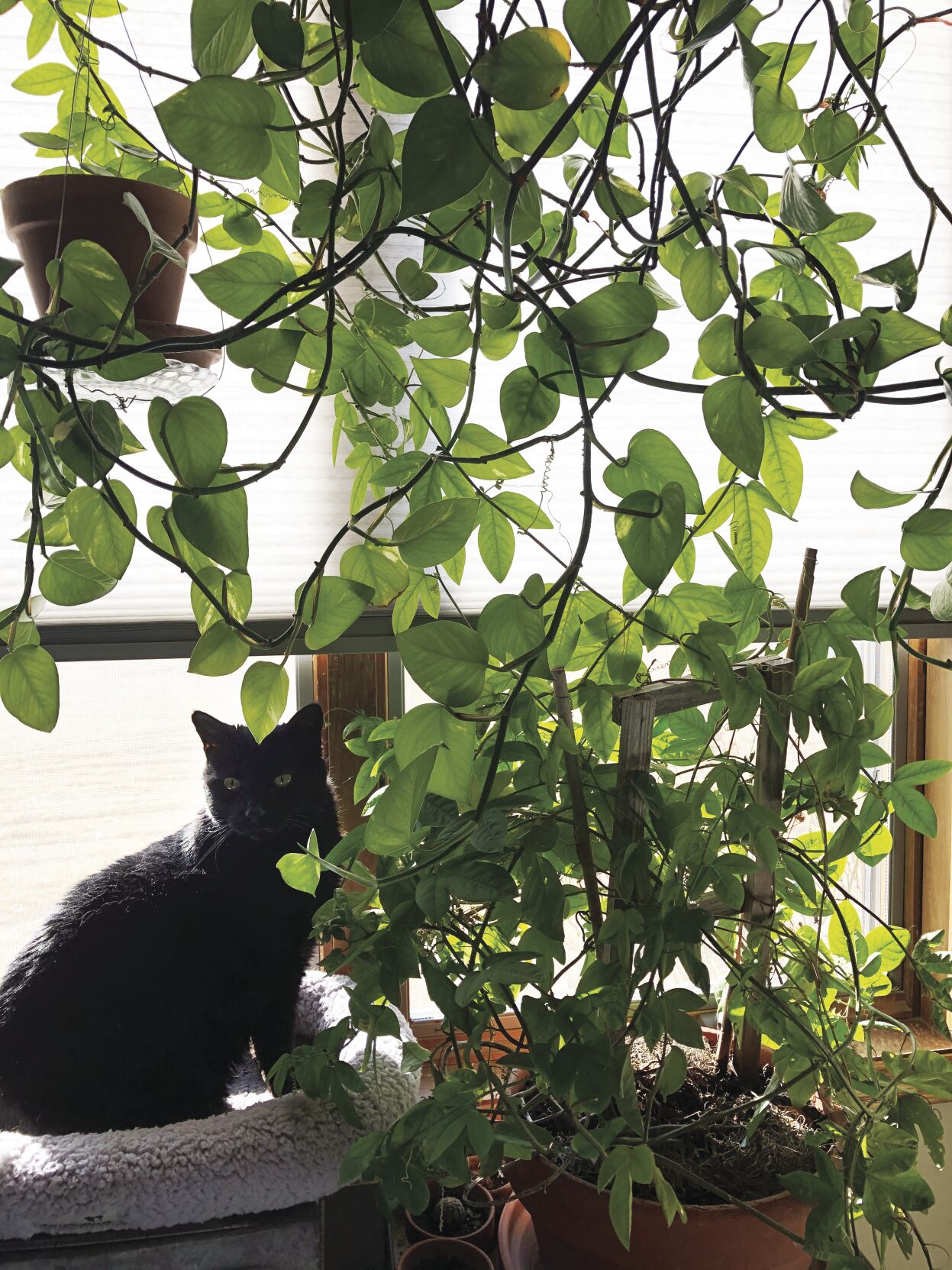Too much of a good thing? Overfertilizing houseplants leads to problems

Houseplants have had a positive psychological impact on people throughout cold, bleak winters. It’s important to remember these fertilization tips when caring for your houseplants to ensure that their lives are as long as possible.
Fertilizer is a nutrient or combination of nutrients that the plant needs to undergo multiple different cellular processes. Most fertilizers contain nutrient salts, and all nutrients need to be converted to salts before they can be taken up by a plant’s roots. In soil chemistry, salt just means an ion that affects the soil’s pH. An example of a salt in a fertilizer is potassium ions.
Building up too much of these salts in the soil through overfertilization actually leads to your houseplant taking up less of the nutrient, and the chemical interactions between excess salts and the roots diminish root and plant health. There are three ways to keep fertilizer salts from building up to excessive levels—fertilize less, use slow-release fertilizers, or leach excess salts through one heavy watering.
The package for your fertilizer should give the rate that you should apply to your plants. It is always better to under fertilize, unless your plants are showing symptoms of nutrient deficiency, because adding more fertilizer is always easier than removing excess.
To prevent excess buildup of nutrient salts, carefully consider what fertilizer form you want to apply. Liquid fertilizers or fertilizer mixes will have a faster effect on your plant’s health and should be used if deficiency symptoms show. However, liquid fertilizers are also more likely to build up to excess. Opt instead for a slow-release fertilizer like Osmocote. This fertilizer is stored in tiny capsules that degrade when exposed to water. Over the course of several waterings, the fertilizer is released into the top of the soil. The freshly broken capsules can then be replaced with new capsules, and the cycle repeats for a more even distribution of fertilizer.
Finally, if salt levels have already built up to excessive levels, you can leach them out of the soil through one large watering of two times the size of the pot. It may also be time to repot the houseplant in new soil or potting media.
Knowing the growth habit of your plants will help determine the best strategy to pursue. For example, if your pot contains succulents, leaching the excess salts out of the soil with large amounts of water will likely kill the plants, as they are naturally found in drier environments. Tropical plants, on the other hand, will require more water and respond well to leaching.
All plants will require less fertilizer in the winter due to reduced growth from low light levels, so that is the time to reduce your fertilization. To leach a pot, prepare the water and pour it in slowly, making sure that the water does not flow over the rim of the pot. For larger pots, you will need to do this in a bathtub or outside. If you want to repot the houseplant instead, remove the plants in the late winter and break up their soil or potting media. Plant them back into the same container with new potting mix or soil, and include a slow-release fertilizer to build up the nutrient profile of the new potting media.

